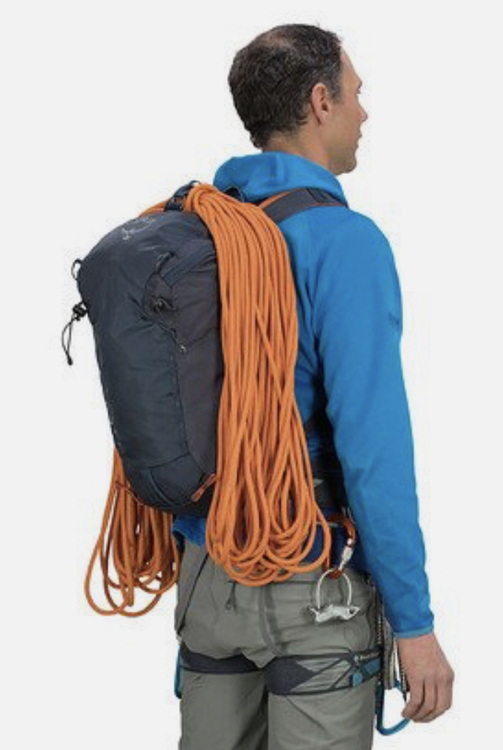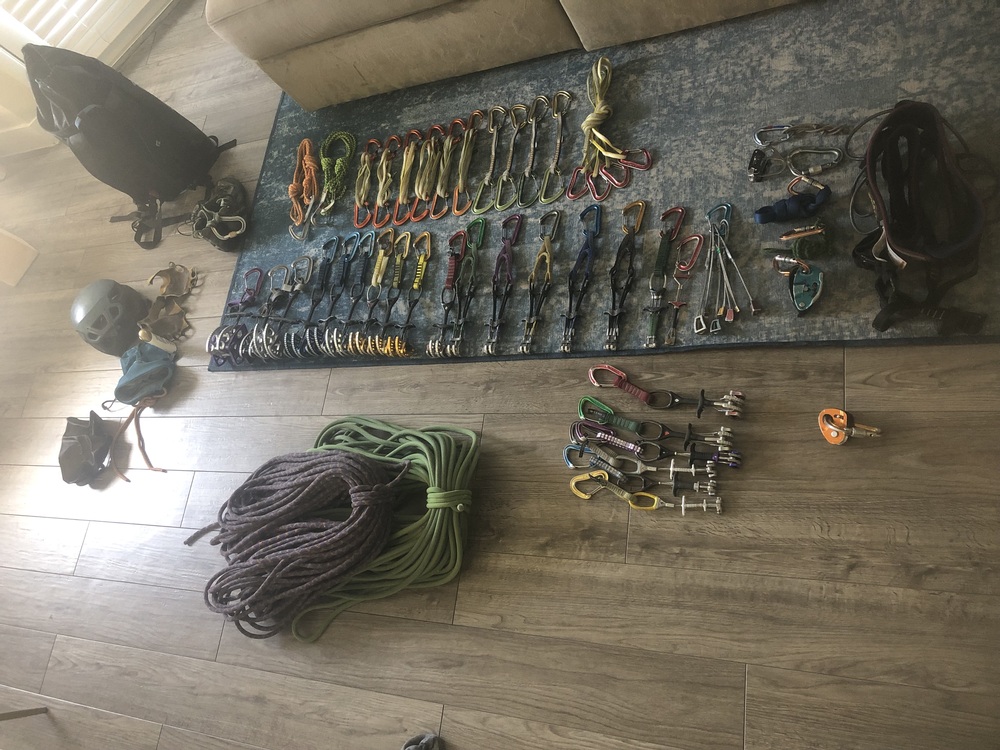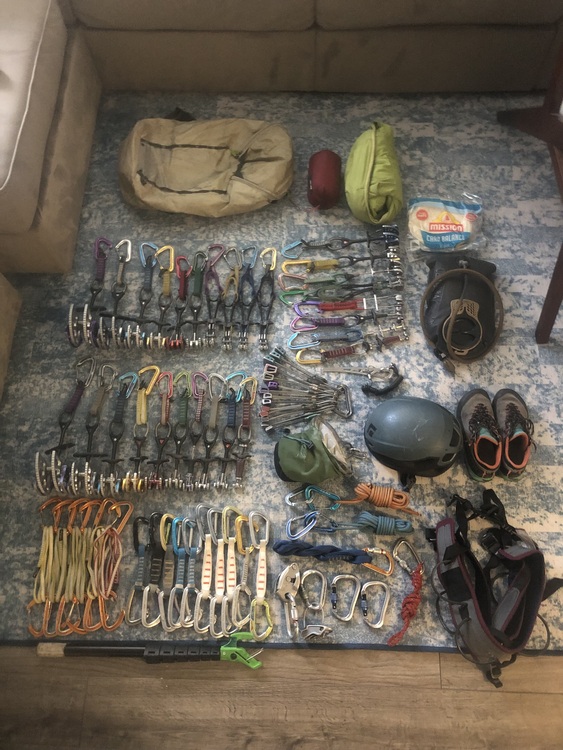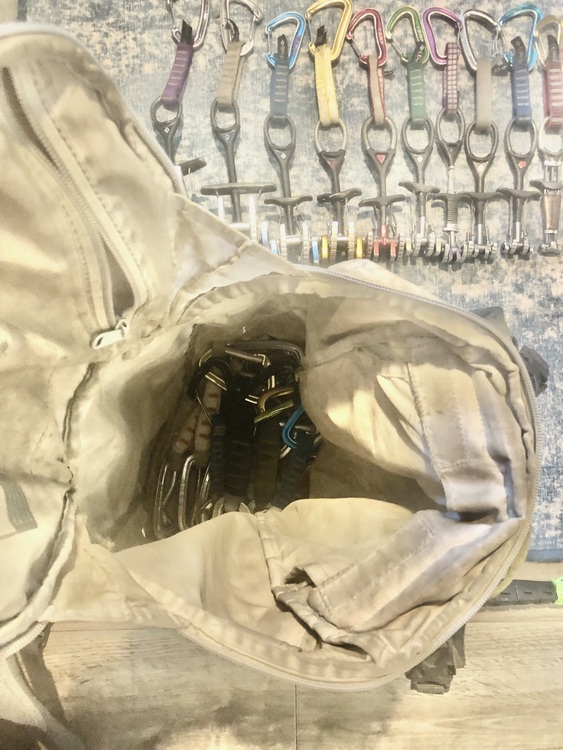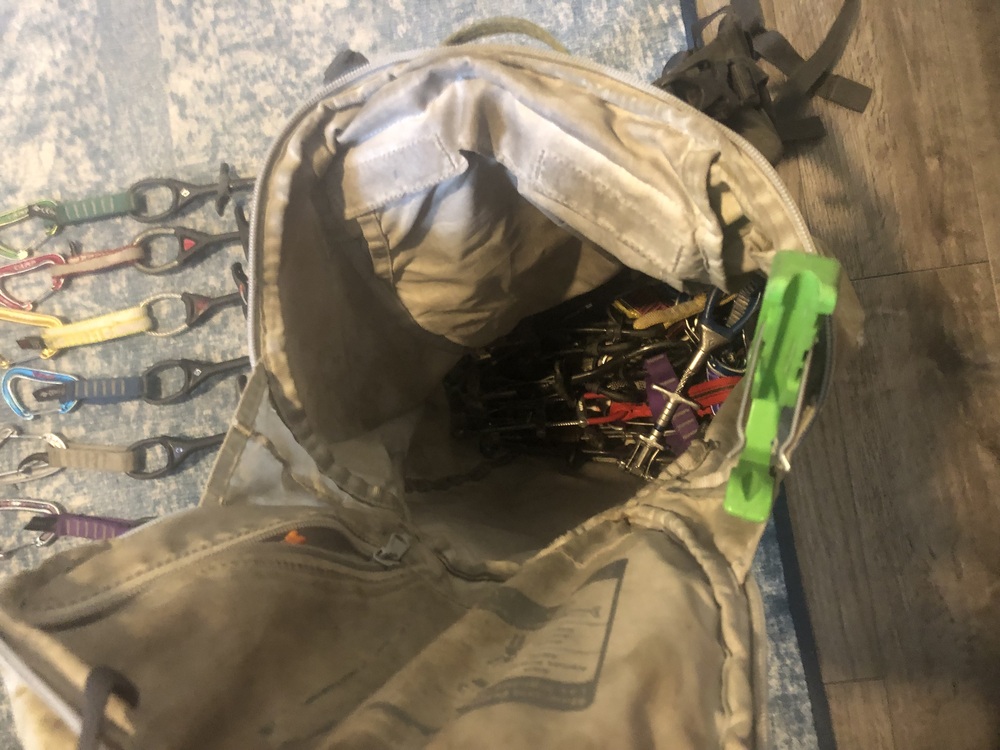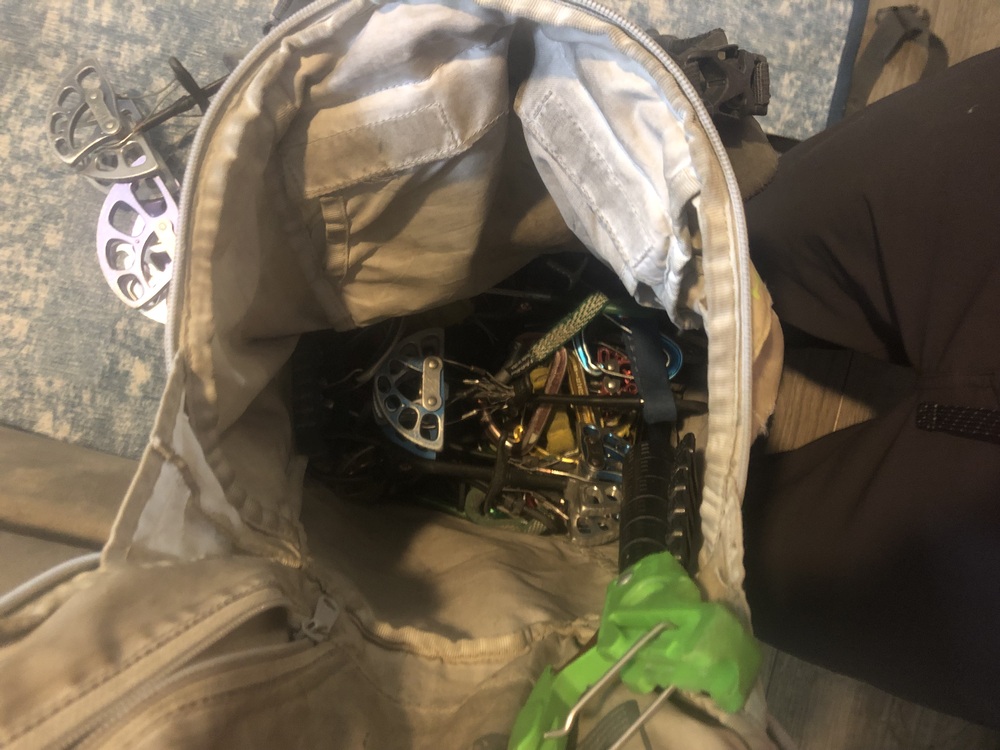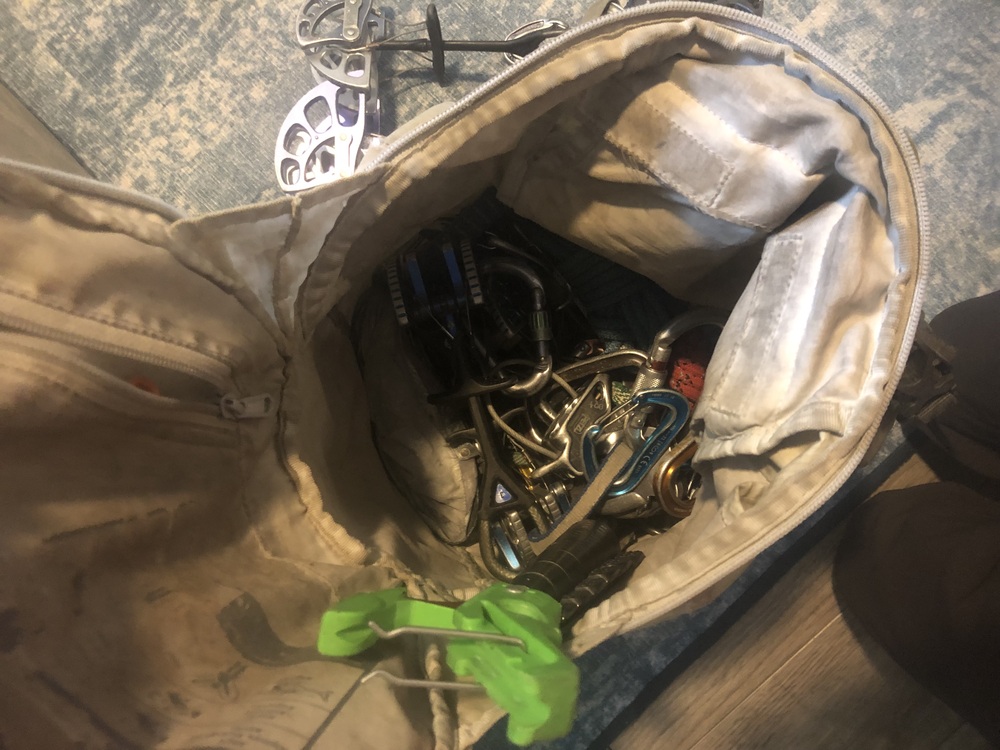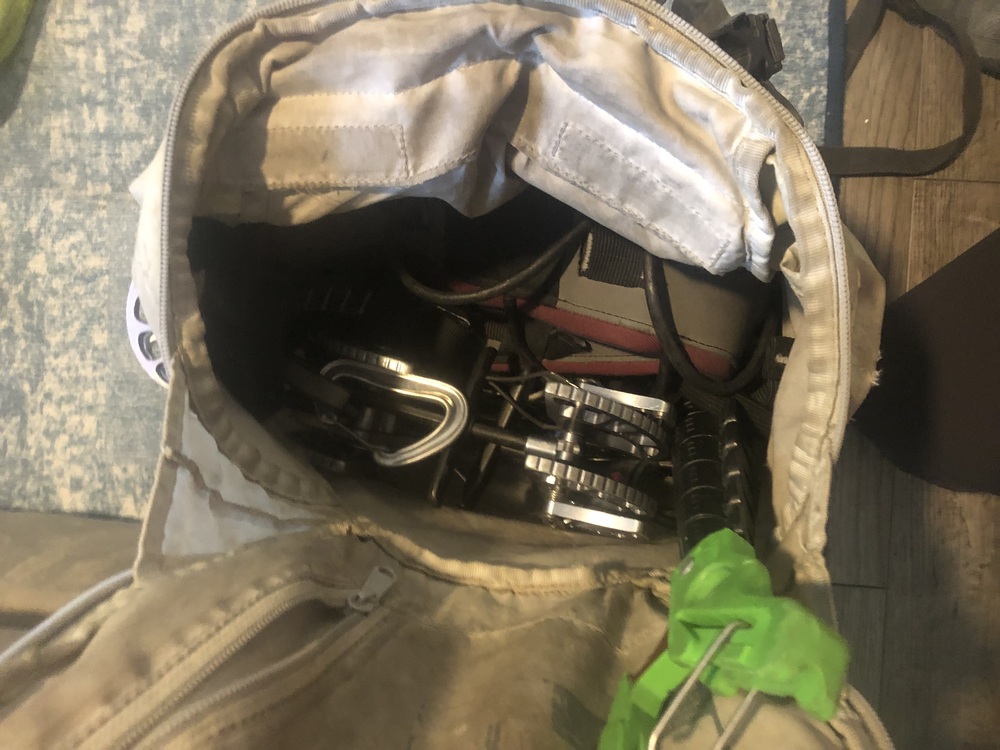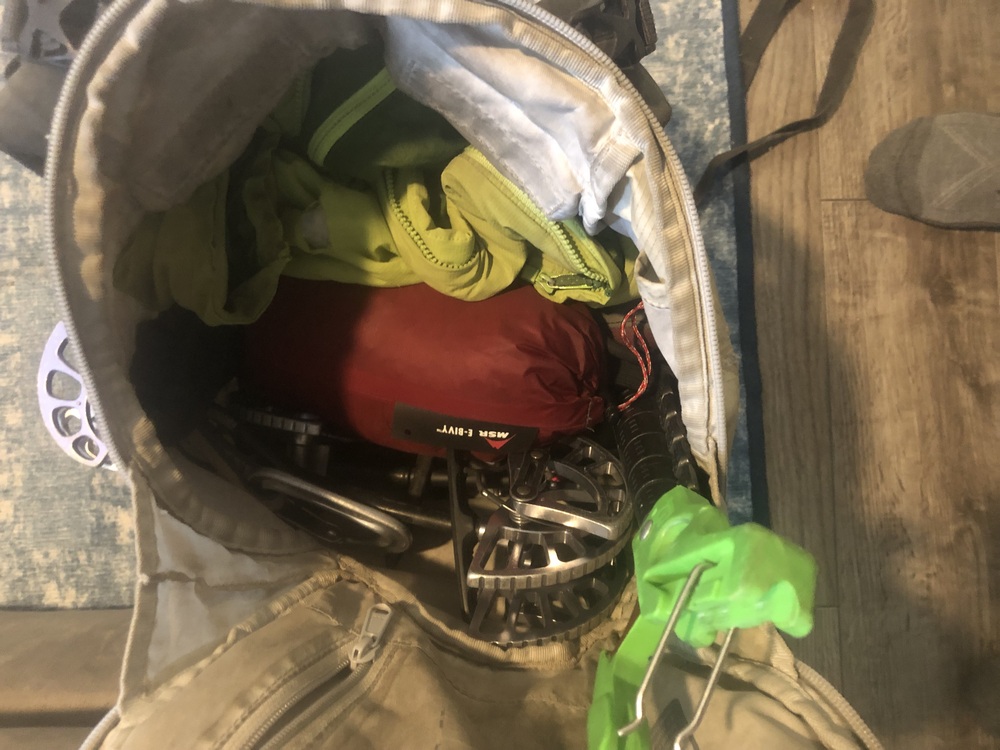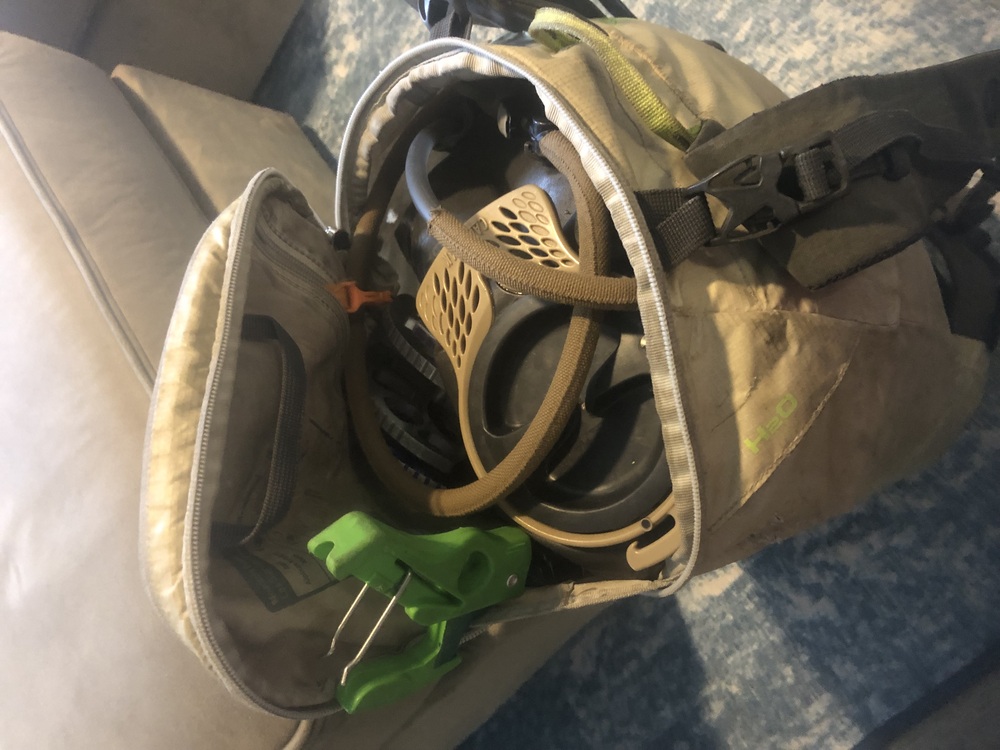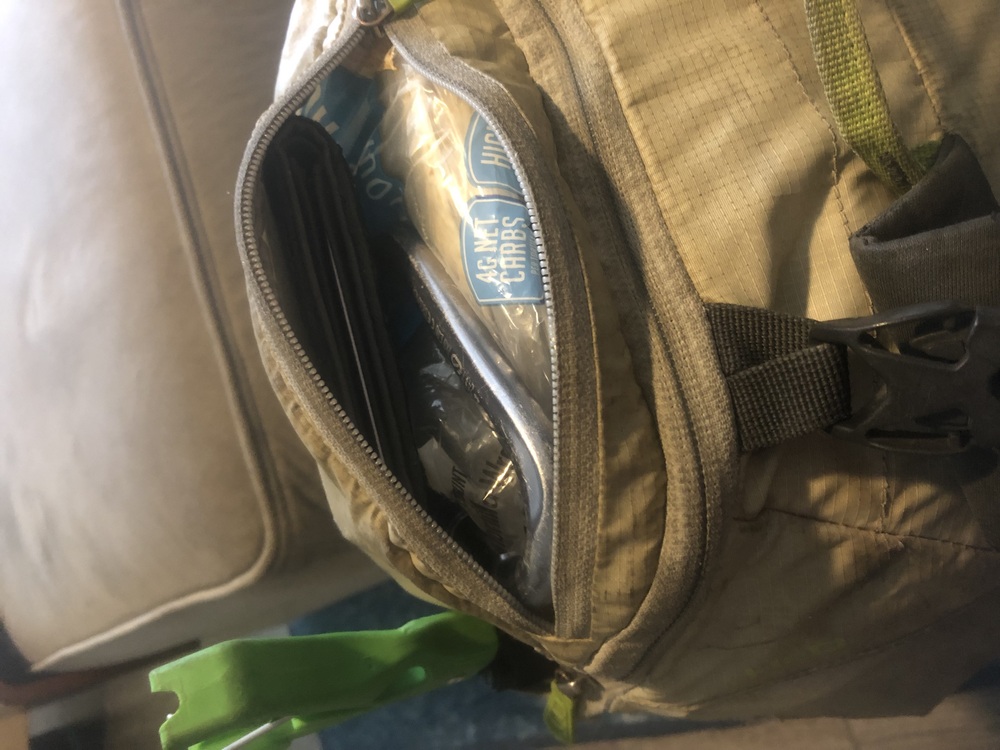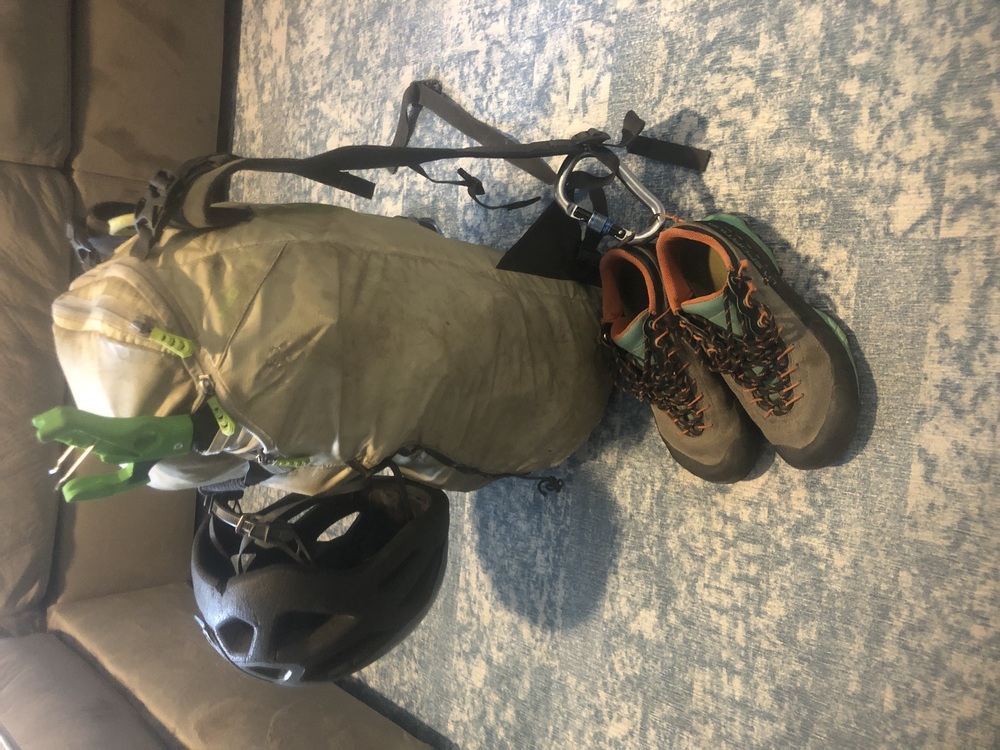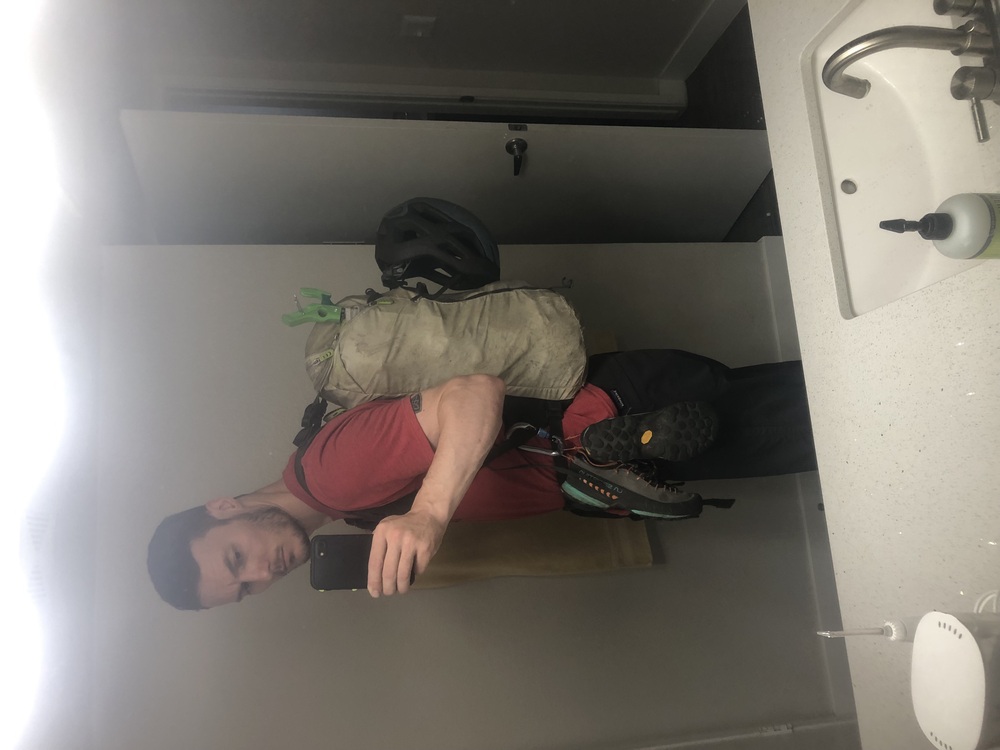Rope bag Or Rope Tarp
|
|
Hello, I recently purchased a Metolius Speedster rope bag. However, I already have a 30L backpacking backpack and was wondering if I should return the Metolius Rope bag and purchase a simple rope tarp instead. My issue with the speedster is that there is not a whole lot of room to pack other equipment for the crag, but it's simple and effective. Should I have both? What are all your opinions? Thanks! |
|
|
I've always used rope bags that have an integrated tarp. Find it to be the best of both worlds. |
|
|
I have always packed the rope in my crag pack and used a sheet of Tyvex as a cheap, super light rope tarp. You are already carrying a backpack to the crag, why carry another separate bag for the rope? |
|
|
Rope ikea bag |
|
|
The BD Burrito rope bag is about the same bulk as the metolius rope bag or the camp rope tarp. A 30 liter pack is however small to pack the rope in it, |
|
|
I typically carry the rope on the top of, outside, my backpack. The rope bag goes inside my backpack to be deployed upon arrival if I’ve brought one at all. (I multi pitch more frequently than single pitch, so wouldn’t bring it)
|
|
|
Aaron Ray wrote: It depends. A lot of the areas where I climb have 1 (yes, really)-15 minute approaches. It's no big deal to either carry the rope bag with its own shoulder strap or foist it off on my partner. |
|
|
I have a sterling tarp that has a pocket for the rope. Really it's just some extra fabric to make a pouch sewn on three sides. I think it's the best of both worlds. I can easily carry it between routes but I'm not packing a bulky bag. |
|
|
My idea with using the rope tarp is that I could roll it up and put it into the bottom of the 30L pack. This way I could carry much more gear and water easily. Does a rope tarp condense down to a size where it would not take up the entire 30L pack? |
|
|
I don't like rope bags. I find them bulky, hard to pack in a back pack, and expensive. I prefer to coil my rope and put it under the brain in conjunction with a small rope tarp. |
|
|
I guess I'm looking for a rope tarp that is able to compact down enough to fit into a 30L pack with a bit of extra room to carry extra gear. Does anyone have any suggestions? |
|
|
Luke Graham wrote: Learn how to pack better. I can fit a harness, double rack, draws, 2L water, first aid kit, snacks, jacket(s), etc easily into a 20L Black Diamond bag. And the helmet usually goes inside too. The shoes clip on the shoulder strap by my waist. |
|
|
If I'm cragging with multiple people and I can foist off the rope on someone, I'll take my super simple Metolius rope bag. If I'm carrying the rope myself, it'll either be in my pack or strapped to the top of it, and I'll bring a tarp. I'm a fan of this Trango tarp: https://trango.com/products/cord-trapper-rope-tarp |
|
|
Sounds like a RopeX is what ya need, pal |
|
|
Luke Graham wrote: Was doing kayak camping trip, friend recommended this from Walmart - "Outdoor Products Nylon Backpackers Tarp, 5 ft x 7 ft, Blue" - 11USD, packs really small. Very light weight nylon https://www.walmart.com/ip/Outdoor-Products-Nylon-Backpackers-Tarp-5-ft-x-7-ft-Blue/36547567 Liked it so much, now have two. |
|
|
Get a big rope tarp. The biggest detriment to the longevity of your rope is it getting dirty, so the bigger the better. Doesn't even need to be made as a rope tarp, any tarp will do.
|
|
|
Alex Fletcher wrote: Pics or it didn't happen. To OP, don't get a rope bag. Grab whatever tarp, roll it up, pack it in your climbing backpack. I got one of those rope backpacks when I first started cuz it was cool but now it just sits in the closet. |
|
|
Preface: Most of my usual kit is out of state because I flew home after my injury and have not been able to return to get it yet. Some substitutions have been made. However, everything needed (and more) for a day of climbing is pictured and packed. This is not what I typically bring climbing. This is excessive to prove possibilities. 1st photo is an old pic from a random day of climbing with my Black Diamond Creek 20 Liter bag. This does represent what I used for a specific day of climbing on one multipitch route in particular. Note: Everything including helmet and shoes fit inside the bag on this day. Next up is what I had lying around to prove my process. Disclaimer, I used a Lowe Alpine Speed 30 Liter pack because that's all I had lying around, but as you can see, a triple rack to BD #3 and doubles of #4 and #5 plus everything else goes in easily except the shoes and helmet in this case. First things first, draws go in the bottom. Do not clip anything together. Lay it in flatly and neatly. Second go in the nuts, nut tool, and small cams. Again do not clip anything together. Lay the cams flat, occasionally alternating directions and gently mushing them around to make them flat. Making some space on the side, I put the stick clip in at this point so that the end touches the bottom of the bag. Thirdly put in the medium cams being more thoughtful of arranging the lobes and heads of the cams so they fit the best. Fourth, add in your personal kit like chalk bag, gri gri, ATC, cordlettes, PAS, etc. shoving them in the spaces between the medium cams plus the #3 you forgot before. Fifth, the big cams are obviously the most awkward. One idea shown here is to stack them together like this. Another idea is to use a stick between the collapsed lobes to keep the cam shut. On newer cams, the trigger keeper "solves" this, however, they often pop open at the lightest touch, so a stick can still be useful anyway while it's inside your pack. Then add the harness. Make sure to fold it up with the leg loops tucked inside the waist belt so it's as compact as it's going to get. Note the BULKY Misty Mountain Cadilac harness used for this photo. Next up is Jackets, first aid, etc. I substituted a bivy sack for a first aid kit here because mine is out of state as mentioned earlier. Jackets are easy. Tuck them in around the edges, pushing down as deep as you can. In this instance, I placed them up against my back to provide padding against anything that might be poking out. If you pack your nut tool, cams, etc neatly and flatly as shown above, there shouldn't be much to poke you anyway and the harness helps too, being where it is. Finally, the largest cams I put in vertically, stems down around the edges and the water goes in last for easy access. In this case, about 2.8 Liters of water are packed. Lunch, wallet, random extras, keys, etc have plenty of room in the lid pocket here. In this case, I could not find any of my climbing shoes at home, so I substituted my girlfriends tx4's as equivalents. Those and my helmet are clipped to the outside. It is only ever acceptable to have things on the outside which do not swing or bounce while hiking. Helmets must have two points of attachment to prevent swinging. The shoes, being on the side as they are, tucked right against my body clipped to the shoulder strap, surprisingly swing little to not all. I don't notice them while hiking. It would be my preference that everything was packed inside if possible which is usually the case if I didn't have this overabundance of gear to show you packed. Ready to go super cragging. Ready for anything rock. All said and done, the pack shown as it was loaded above weighs 33.6 pounds according to my scale. Brought to you by a very bored climber with a broken collar bone. If I can shove this much junk into a bag with a messed up arm, then you can fit your rope bag inside your pack no problem. Maybe in the future, I'll show my process for packing for a 7-day alpine climbing trip (with a double rack) into a 38-40 liter bag, or how to pack for 2 people on a 3-day El Cap Big Wall route in a single 70 L haulbag with the (G7) portaledge and rainfly inside the haulbag. The hauling is much easier with a streamlined package. You don't have to have these giant packs and bags to go do things. Sure, it may be quicker to toss it all in at the end of the day, but I like to carry less weight. A smaller backpack is a really easy way to shave weight. Cheers. |
|
|
Or you could just use the correct size bag and not look like a hobo with shit dangling off of you. I use a 35-40L for the stuff you use a 20L for. Do I *need* to? No, but it takes me 10 seconds to pack my bag and I don’t catch on every tree in sight.
|
|
|
John Sigmon wrote: Thank you. You may have missed it, but my kit fits inside my bag, including the helmet on a normal day with a normal amount of gear. For sure, I think 40 liters is a great size for cragging. My Metolius Express haul bag is my go to when I’m not using the 20. Note: when I use a 40, everything fits inside including the rope. |
|
|
Aaron Ray wrote: Compression straps. Roll up the rope loosely in the tarp and rope bag, use compression straps to cinch it down so it takes up less space in the pack. I've gotten good at getting the rope in a cylinder around the width of my head. I stack my helmet on top of it in my pack. I feel like this is the most efficient way to pack a helmet. Otherwise there's a ton of empty space inside it. |

 Continue with onX Maps
Continue with onX Maps Sign in with Facebook
Sign in with Facebook






















